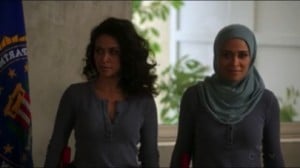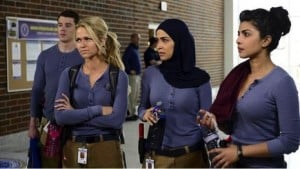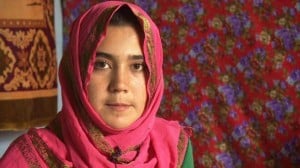This post was written by guest contributor Emaan Majed.
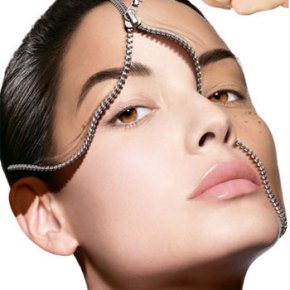
On my grandmother’s dresser, there is a pink tube of cleverly marketed whitening cream. She applies it daily, despite being quite pale, despite claiming to hate the colonizers from whom it stems, despite being a health-freak and knowing that it contains hints of mercury. My grandmother is not unlike many Pakistani women in this aspect. My progressive, liberal, ‘I have never done a racist thing in my life’ aunts each own a bottle. The maids save up spending money to buy some in the bazaar. Then, they hope, if they can just get their hands on a bottle of Fair & Lovely, their lives will change. They will be desirable, marry well, have all the world’s luxuries, and no longer be unlovable dark girls.
Grow up on a diet of Pakistani culture and TV and you would likely believe the same thing. The commercials for products like Fair & Lovely, which have booming sales in Pakistan, follow an interestingly bold narrative. At the beginning, we usually meet a downtrodden, badly-off, dark-skinned girl with low self-worth. Within a few weeks of becoming whiter, though, her path takes a drastic turn for the better. She starts running into men who want her, and their approval is all that is needed to instantly validate her self-esteem. She gets a good job and is successful professionally. She laughs a lot. Everyone admires her for her skin tone, and she is finally happy. Products like Fair & Lovely don’t sell without a market for them. Pakistani pop culture thrives and feeds on shadism, discrimination between lighter skin and darker skin shades within a racial group. A more useful term for shadism is colorism, which emphasizes the internalization of these fair skin-superiority ideas. And as far as colorism in Pakistan, there seems to be no end to it.
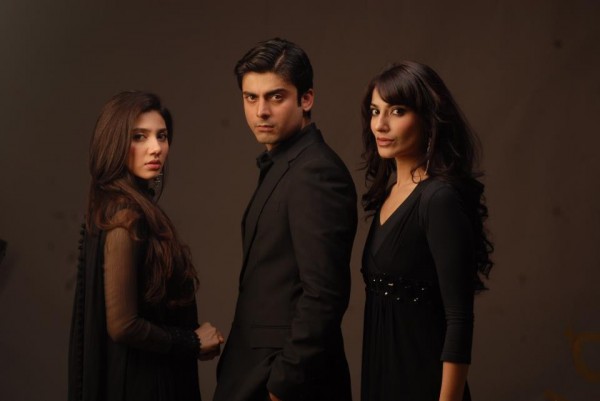
A critical component of the Pakistani entertainment industry is the drama. These soap opera-like shows enjoy near universal appeal in Pakistan. Media representation, such as in dramas, does have a significant effect on how women are perceived. But in the case of the Pakistan dramas, it appears that a large group of women are not perceived at all. Of the 20 most highly rated Pakistani dramas of 2012, few had any actors that didn’t adhere to the fair skin palette. When darker skinned actors were present, they were often presented as antagonists or minor side characters. The darker-skinned women in dramas are often the trouble-makers, and most disliked characters; they are also, of course, the least pretty and desirable. Take arguably the most popular Pakistani drama of the year, Humsafar, which was a runaway hit, attracting worldwide audiences. Humsafar features two female leads with pale, alabaster complexions, alongside a male hero of the same skin color. Moreover, the whiter of the two girls is widely regarded, in canon and in fandom, as the prettiest. The complexions of the Humsafar actors are a far cry from being representative of actual Pakistanis. Pakistan is an incredibly diverse country, with five major ethnic groups, and over 70 languages- but apparently only one skin color.
This phenomenon is not restricted by mere borders. Bollywood is an industry resolutely dominated by fair-skinned actors and actresses. Shah Rukh Khan and Shahid Kapoor, two of Bollywood’s biggest actors, have both starred in ad campaigns for skin whitening cream. In an interesting twist, Aishwariya Rai, the de facto ‘queen’ of Bollywood, starred in a hair lightening campaign, advertising a product meant to rid women of ‘too dark’ hair. Harsher still is Bollywood’s treatment of dark skinned women. A-list actresses are regularly have their skin whitened on magazine covers so as to look more beautiful. Rani Mukherjee, a slightly darker actress, is regularly mocked and belittled in the media for her skin tone, though magazines (see here and here) and movie posters make a huge effort to hide her shameful skin secret by whitening her skin (for comparison to her natural skin tone, see images here and here). These narratives easily bleed over to Pakistan, where a majority of the population watches Bollywood movies with great interest and enthusiasm.
As evidenced by Shah Rukh Khan and Shahid Kapoor’s involvement in ads for skin whitening creams for men, colorism does have a negative impact on Pakistani men. The internalization of racism and white supremacy here cannot and should not be ignored; however, colorism is an entirely different- and far more bloodthirsty- animal when it comes to Pakistani women. According to the idea of intersectionality, different kinds of oppression within society do not act independently of one another but rather interrelate, creating a system that reflects the “intersection” of multiple forms of discrimination. In any accurate analysis of women of color’s media representation, to truly comprehend their oppressions, we must view them as intersectional with gender and class.
The intersection of colorism and sexism create an oppressive beauty ideal of fairness. Women in Pakistan are scrutinized for their skin from birth. Their entire worth is often put into it, as girls who have darker skin face marriage problems and are ‘unwanted’ or ‘wretched’. Of course, this colorist conundrum is not unique to Pakistan; many women in post-colonial countries in South Asia, such as in neighboring India, suffer the same fate. Fair & Lovely is a product marketed primarily to women, and it preys on women’s internalized misogyny pushing them to fulfill the fairness beauty standard. In patriarchal societies, women who do not fulfill beauty standards are often viewed as inherently bad, and it is so with women who do not meet the burden of colorism. Negative stereotypes allege that people of lower socioeconomic class have darker skin, while rich, desirable women have fair skin. The effects of classist colorism are seen all over Pakistan. When women in Pakistan become news anchors, actors and actresses, politicians, and other public figures, their skin suspiciously tends to be the same fair shade. Poor women’s opportunities to advance are further restricted based on the shade of their skin.
When I switched on the TV to watch the popular drama Dolly Ki Aagi Baraat the other night, I was greeted with five actors fulfilling Eurocentric and white supremacist beauty standards. The standard alabaster complexions of their skins erased completely the plethora of shades Pakistani women really are. And regardless of my grandmother’s Pakistani nationalism and pride, it may very well be that Fair & Lovely may rest on her nightstand until her dying day, in great part because all of her media role models told her that’s where it should be.



